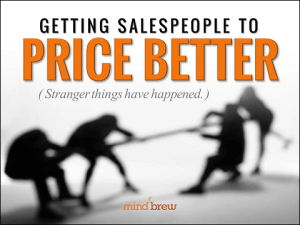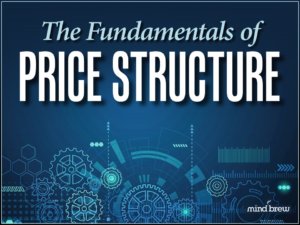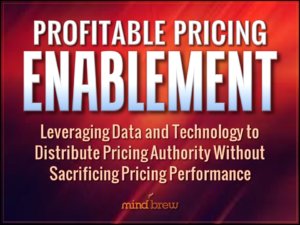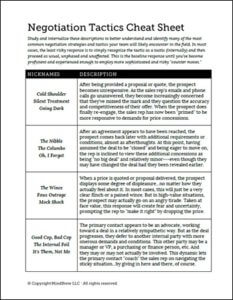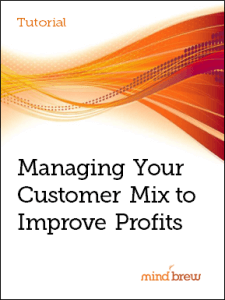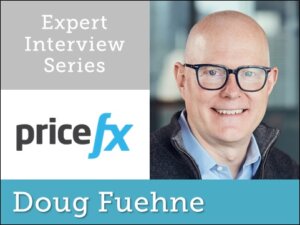If you were an English gentlemen living in Cambridge in the 1500s, and you needed to rent a horse, you might have gone to the stables of Thomas Hobson. There were other stables in town, but Hobson had the biggest selection — usually about 40 horses in the barns and paddocks. That enticed a lot of potential customers to come in the door.
But after you entered the stables and spoke with Mr. Hobson or one of his stableboys, you would inevitably discover that none of the horses were available, except the one closest to the door. And although it looked like you would have lots of options, you really only had one.
Hobson ran his stable this way for good reason — he wanted all his horses to be ridden equally and wanted to avoid working his best-looking horses to death. However, Hobson’s customers caught on to what he was doing. Eventually the phrase “Hobson’s choice,” meant a take-it-or-leave-it deal.
For pricing professionals, offering our customers a Hobson’s choice has definite appeal. We want our salespeople to be tough negotiators, and sticking to our price targets will yield the best outcome for the company.
But it also runs the risk that too many customers will decide to “leave it” and walk away from the table. And that could be detrimental to the company in the long run.
A better option might be to follow the advice of Elmer Wheeler. You might never have heard of him, but he was once considered the “greatest salesman in the world.” Long before anyone heard of data-driven sales and marketing, he did extensive testing to figure out which sales phrases worked best. He also coined a number of aphorisms that we still use today, like “Don’t sell the steak — sell the sizzle,” and “Say it with flowers.”
Wheeler also said, “Don’t ask if — ask which.” He discovered that if you asked a diner, “Do you want an egg with that?” they would probably say, “No.” The Hobson’s choice just wasn’t that attractive.
But when a restaurant employee asked, “Would you like one egg or two?” 70% of customers added at least one egg to their order. And some added two!
So what’s the equivalent of “one egg or two” for B2B pricing?
One approach is to give your salespeople both a target price and an acceptable price range. A price range gives customers some options and room for negotiation.
Another, and potentially even better, approach might be to offer some pricing bundles. Maybe customers get a “good” price with no strings attached, but they can get “better” or “best” pricing by making a volume purchase or agreeing to other concessions.
The goal is to get customers to consider which of your pricing options best fits their needs without ever considering the possibility of buying nothing at all.
For more tips on profitable pricing structures, check out the following resources:
- Getting Your Salespeople to Price Better
- The Fundamentals of Price Structure
- Profitable Pricing Enablement

